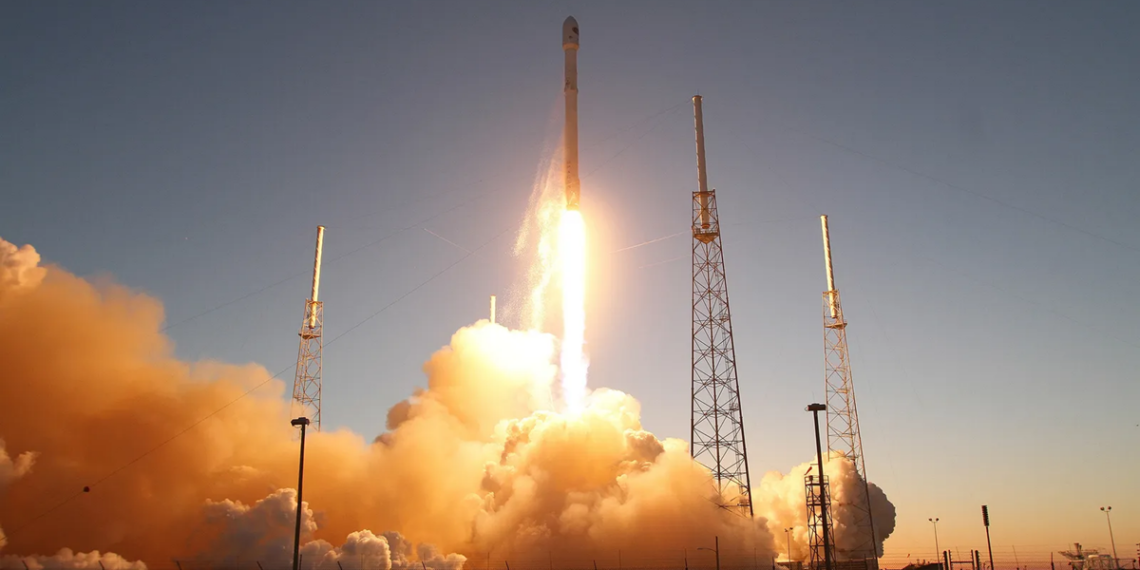Topline Houston-based Intuitive Machines launched a spacecraft to the moon early on Thursday after SpaceX delayed take off, aiming to be the first private firm to land on the lunar surface and the first American craft to land in decades.
A month after the fiery failure of another Intuitive Machines’ Nova-C lander launched atop a Falcon 9 rocket from Elon Musk’s firm SpaceX at 1:05 am EST from Cape Canaveral at NASA’s Kennedy Space Center in Florida, NASA said.
The mission, called IM-1, had been slated to launch before dawn on Valentine’s Day but was delayed due to a methane fuel issue.
The Nova-C lander, called Odysseus and nicknamed Odie, separated from SpaceX’s Falcon 9 at approximately 1:53 am EST, NASA confirmed in a statement.
The lander is now on a direct trajectory to the moon, where it will enter into lunar orbit and attempt to land around the moon’s south pole region.
The attempt is expected to take place around February 22.The IM-1 launch was streamed on NASA’s websites, social media channels and NASA TV, with Intuitive Machines and SpaceX also streaming the launch on their respective websites and social media.
Odysseus is hoping to carry a variety of items to the moon. Its payload includes an array of equipment and science experiments for NASA, which the company will reportedly be paid $118 million to deliver.
Odie is also carrying a series of sculptures by artist Jeff Koons, part of an NFT crypto project, and material developed to insulate the lander developed by clothing maker Columbia Sportswear.
Pittsburgh-based Astrobotic Technology failed in its attempt to land its Peregrine lunar lander on the moon’s surface in January following a catastrophic fuel leak shortly after takeoff.
Rather than let Peregrine drift in space, enter orbit or crash into the moon, the company had it return to Earth, where it burned up in the atmosphere upon reentry.
Peregrine, along with the IM-1 mission, is part of NASA’s effort to grow the emerging space economy and build commercial partners to facilitate further exploration.
The pair form the first of numerous lunar missions planned as part of this public-private partnership, which NASA calls the Commercial Lunar Payload Services (CLPS) program.
In the long term, the agency hopes the program will bring down costs for its own missions and facilitate two lunar deliveries each year.
It has earmarked $2.6 billion in funding for contracts through 2028, for which 14 American companies have been selected to bid for contracts, including Jeff Bezos’ Blue Origin, Elon Musk’s SpaceX and Lockheed Martin Space.
[Featured Image Credit]






